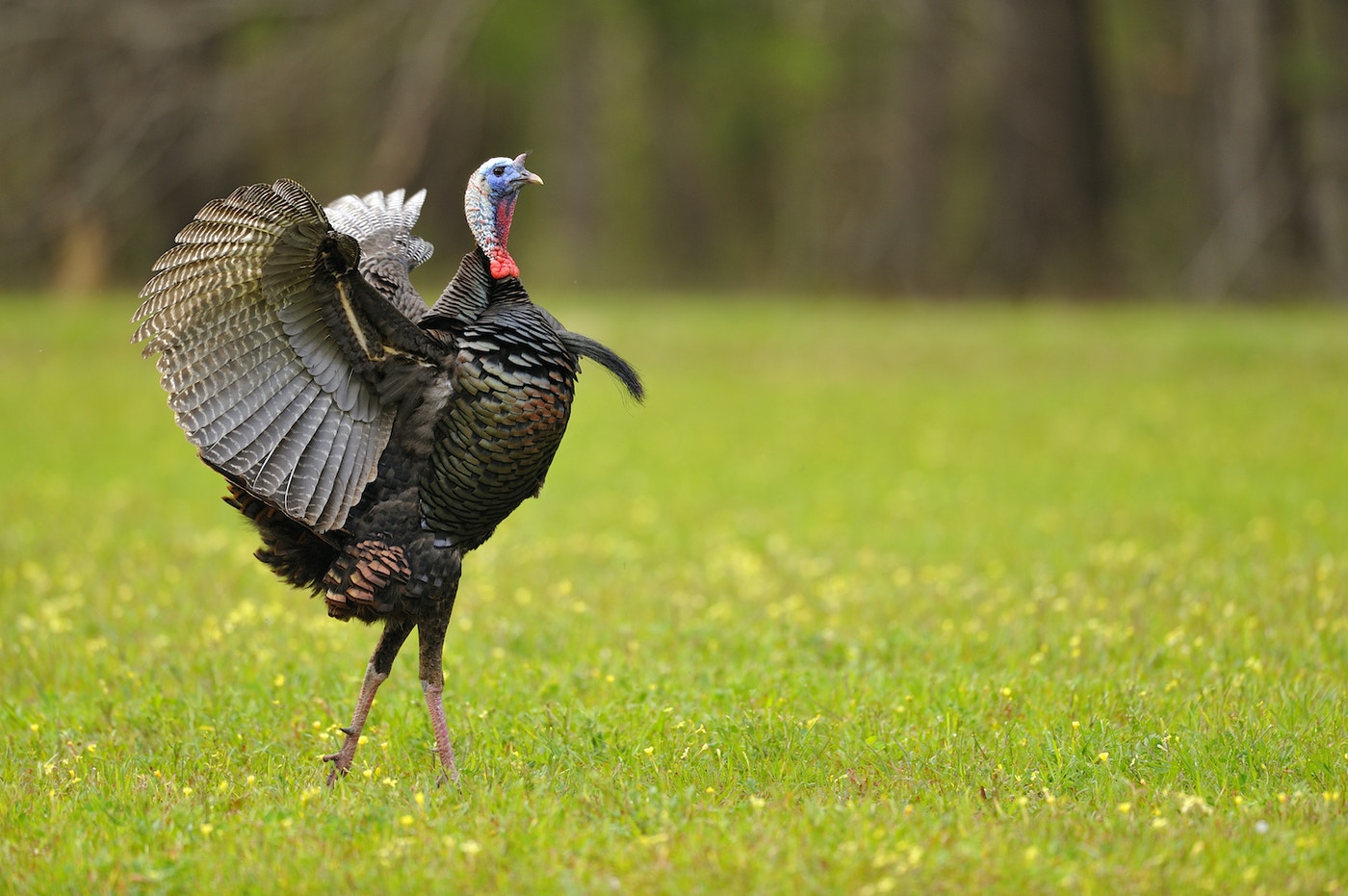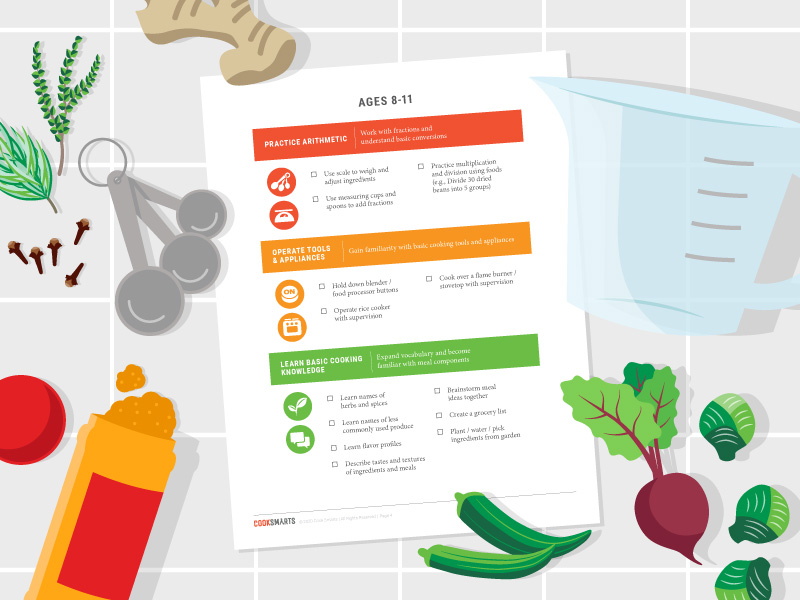
You should be able make a simple, but effective, checklist of your cooking skills for children. These skills include the ability to create creative recipes and ensure safety in the kitchen. Here are some tips that will help you develop these important skills in your children. Here is a sample checklist.
Essential culinary skills
A strong culinary education is not enough. Aspiring chefs must also be able to cook properly. This includes determining the freshness and preparation of meats, fruits, and vegetables as well as converting traditional recipes into larger quantities. A chef needs to be skilled in time management and an excellent sense of smell, taste, and smell. A chef should also be able handle knives and other food equipment.
Sauteing, a versatile cooking technique, can be used for many ingredients. Sauteed shrimp in garlic butter and light sauteed vegetables are delicious. Braising is the oldest of cooking methods and usually involves boiling on an open fire. This skill is very basic, but it is still very useful. You can learn how to boil a meal and become a great cook. It is important to be able to use a knife safely.
Creativity in cooking
Creative recipes are key to success in cooking. Not only do they showcase your creativity, they also showcase your skills. Divergent thinking, also known as creative thinking, is a way to think outside the box and come up with new ideas. This is an essential skill for a chef's career. It allows you experiment with new recipes and techniques, which will impress your customers. With a creative mind, you can also try new flavors to impress your employer. Try different combinations of flavor, and come up with interesting themes for the meals. Find creative ways to increase your creativity through brainstorming and research.

The problem with cooking skills is their inconsistent definitions. Although they aren't sure which one is more crucial, they agree that the skill definition needs to be updated. The authors argue that the definitions of skills should evolve from the "Golden Age", when basic cooking skills were not sufficient. To ensure a healthy and vibrant future of food, we must encourage their development and use.
In a kitchen, create a safe space
Developing a safe environment in a commercial kitchen is imperative for the health of your staff. A kitchen with open fires in the oven, bacteria, and electrical appliances can all be potentially hazardous. First, you need to make a plan for your kitchen's cleanliness. Second, ensure that safety equipment is in place. You should also ensure that your children are always supervised when you're in the kitchen. Training employees properly and creating a safety plan are key to avoiding accidents.
For all kitchen staff, fire-resistance training and fire safety training are essential. Local fire authorities can offer training in fire safety. Fire extinguishers and fire blankets should be accessible to kitchen staff. They can also be used to manually instigate the fire suppression system. If necessary, training should be given to employees in CPR as well as first aid. Kitchens should always have non-slip flooring.
How to identify food safety hazards
It is essential to identify potential food safety hazards when you prepare meals for your family, or for catering special events. Food safety is important because it can help prevent food poisoning outbreaks and product recalls. Failing to identify potential hazards can lead to brand damage and regulatory action. Codex HACCP compliance by food businesses is critical. It is essential that you identify hazards.

There are many different physical hazards that can cause harm to humans. They can either be natural or manufactured and can also come from packaging or individuals. Different physical hazards have different probability of causing disease or injury. These hazards don't have to be necessarily dangerous. They just need to be eliminated. To find potential hazards, identify the source and figure out how to minimize it. You can also examine the product to determine the source.
FAQ
Are you able to cook by yourself?
Self-taught cooking is possible! The joy of cooking is something that everybody enjoys doing, no matter their skill level. If you're interested in learning how cook at home, then start cooking. Start small with things like making pancakes or spaghetti sauce for your dinner. The best way to learn how to cook is to try new recipes and experiment. You may even want to make a few mistakes along the way.
It takes anywhere from several hours to several weeks to learn how to cook, depending on your skill level. It's important to remember that cooking isn't just about following recipes. There are so many ways to prepare food.
What are my options for learning about cooking?
There are many cooking classes available all over the country. You can find courses in baking, pastry and wine tasting at many schools. You can take a class at your local vocational school or community college if you are interested in learning more about cooking.
What are some basic cooking skills?
Basic cooking skills include being able to read and measure ingredients, prepare food safely, clean up after yourself, and cook. You need to master these skills if you want to cook for your own meals. Cooking is an excellent way to save money because you don’t have the need to eat out as often.
How can I be hired as a chef?
Through word-of-mouth, you can find a job to be a chef. A friend or family member might know of an open restaurant that is in desperate need of staff. A lot of restaurants also advertise their openings on bulletin boards or websites.
Statistics
- According to the BLS, chefs earn $58,740 a year. (learnhowtobecome.org)
- On average, chefs earn $58,740 a year, according to the BLS. - learnhowtobecome.org
- The median pay for a chef or head cook is $53,380 per year or $25.66/hour, according to the U.S. Bureau of Labor Statistics (BLS). (learnhowtobecome.org)
External Links
How To
How to cook steak
The thickness of any meat will dictate the cooking method. Thicker steaks cook best at low heat. Thicker steaks require higher temperatures.
You should also ensure you don't overcook them because they'll lose flavor. Make sure to remove the steaks from the pan after it is done. This will help you avoid burning your skin.
Cooking times depend on the size of the steak and the desired degree of doneness. Here are some guidelines:
Medium Rare: Cook until medium-rare, which is when the internal temperature reaches at least 145degF (63degC). This can take anywhere from 3 to 5 minutes per side.
Medium: Cook the meat until it reaches 160°F (71°C). This normally takes around 6 minutes per side.
Cook well until done. That means that the internal temp reaches 180degF (82degC). This usually requires 8 to 12 minutes per side.